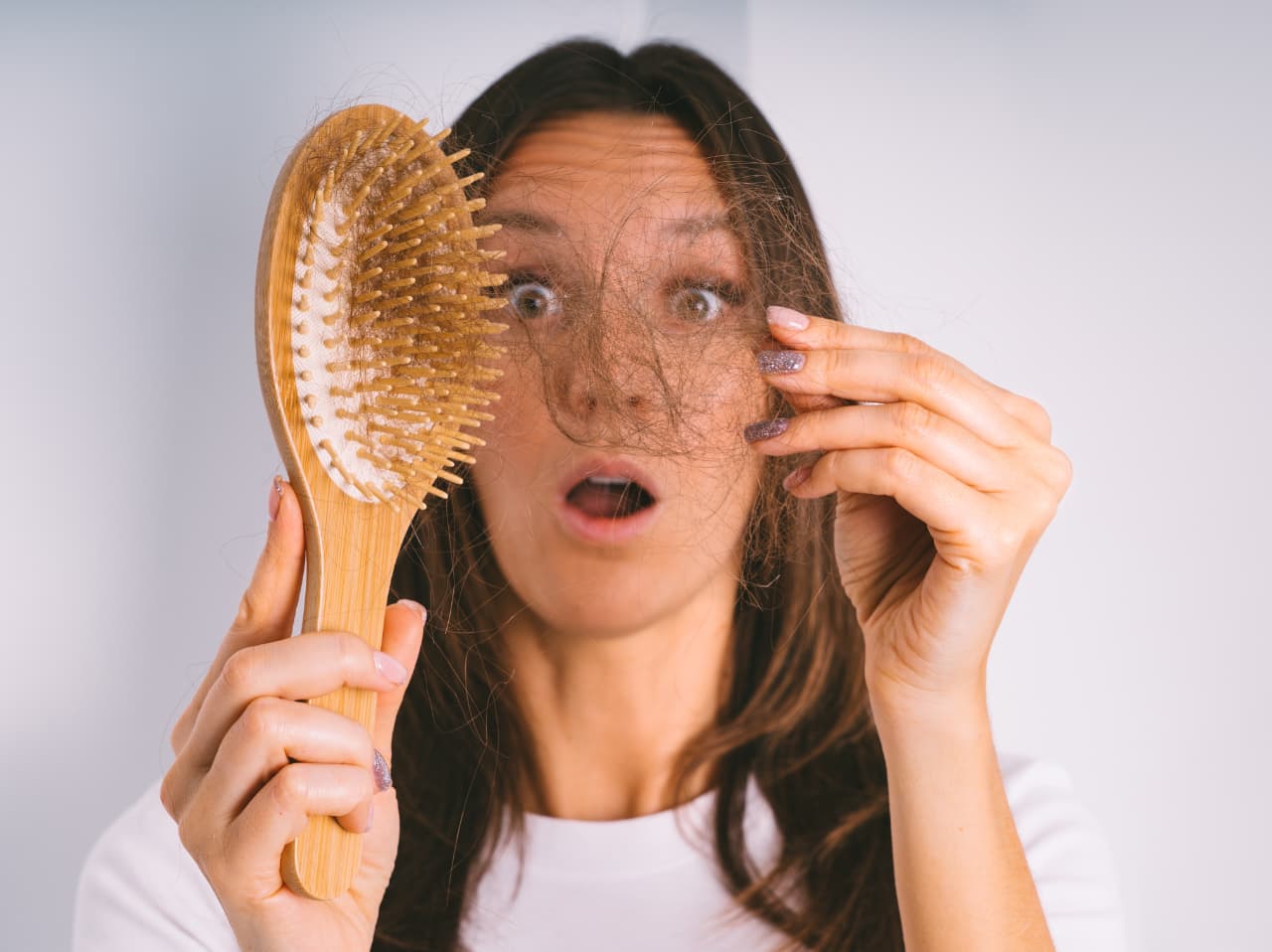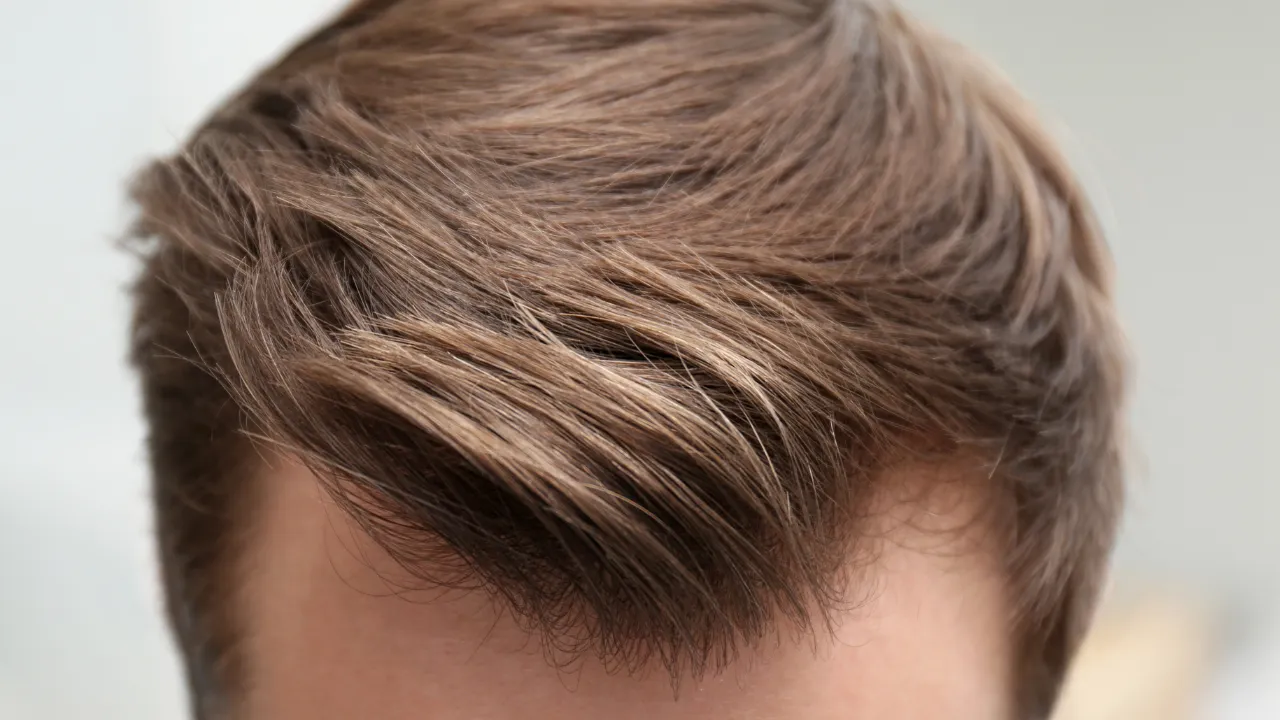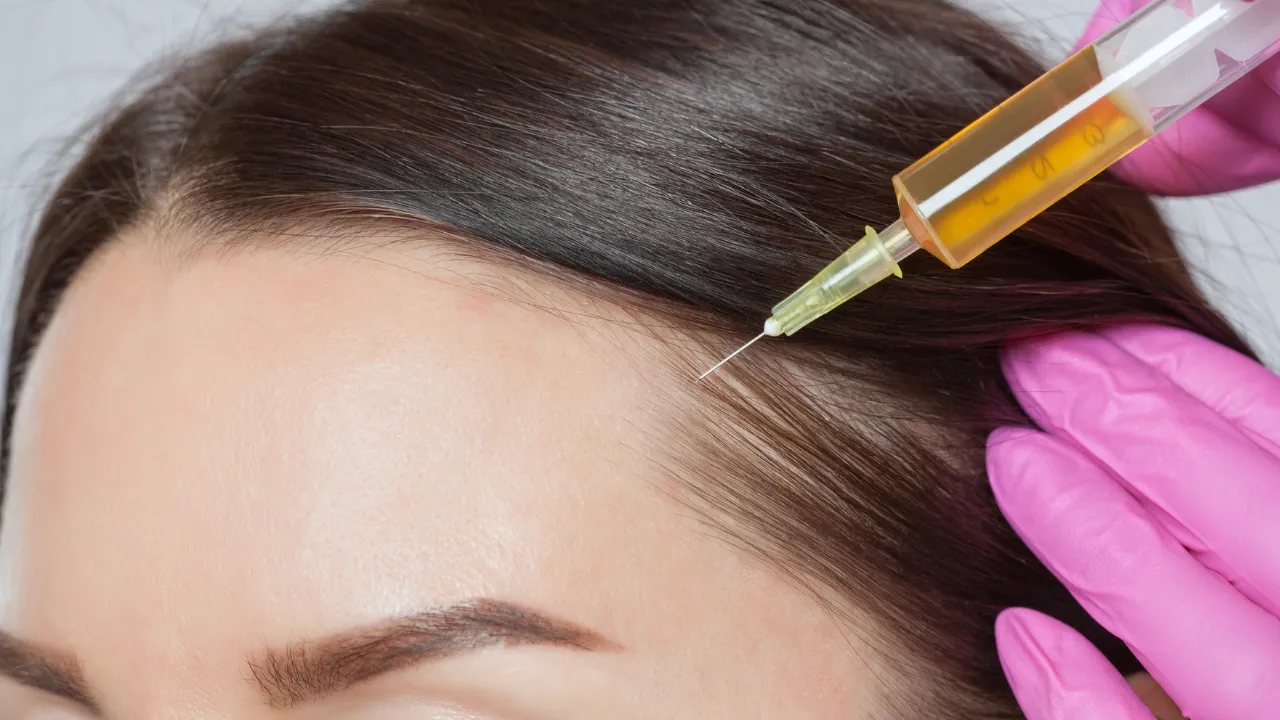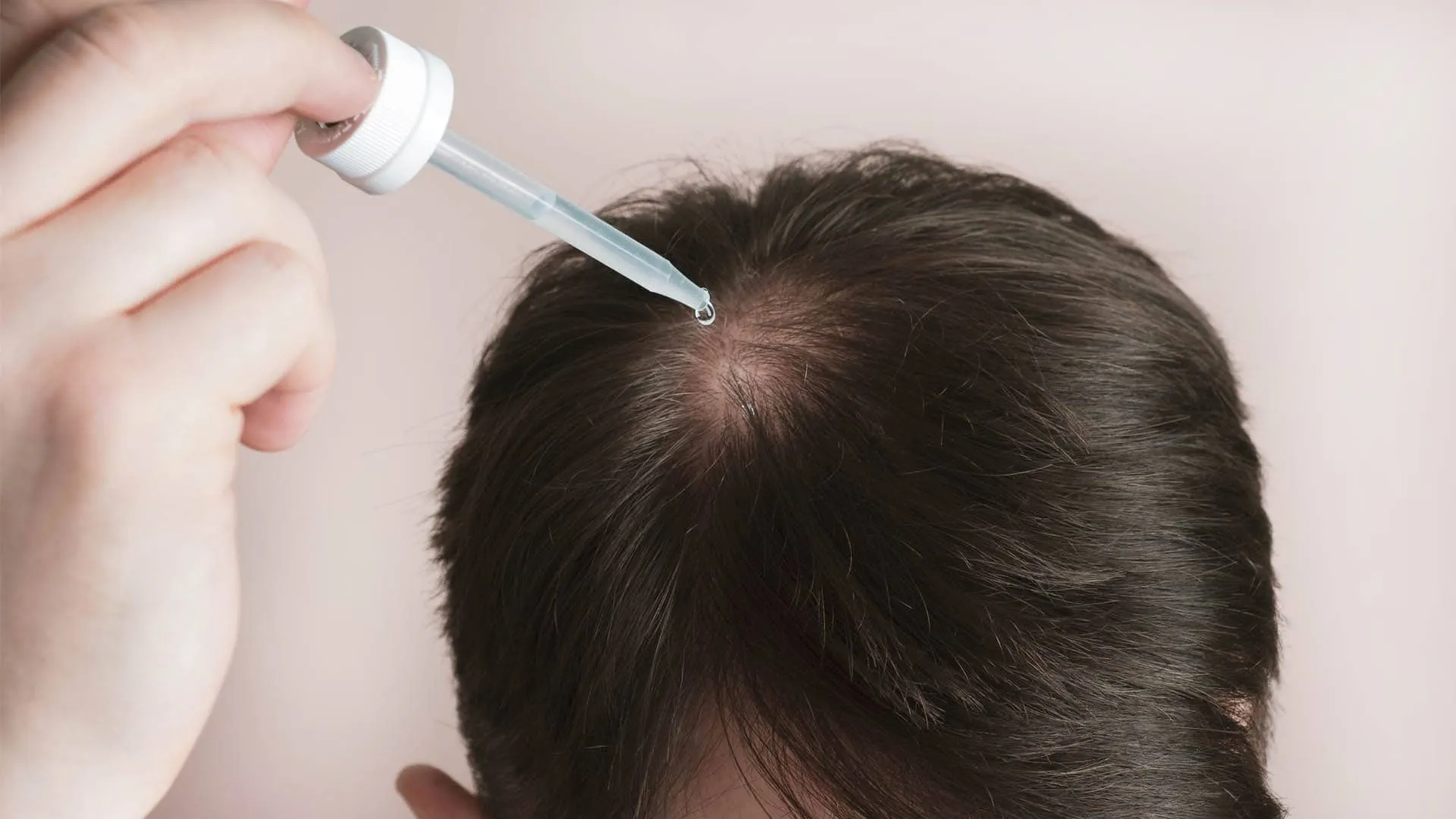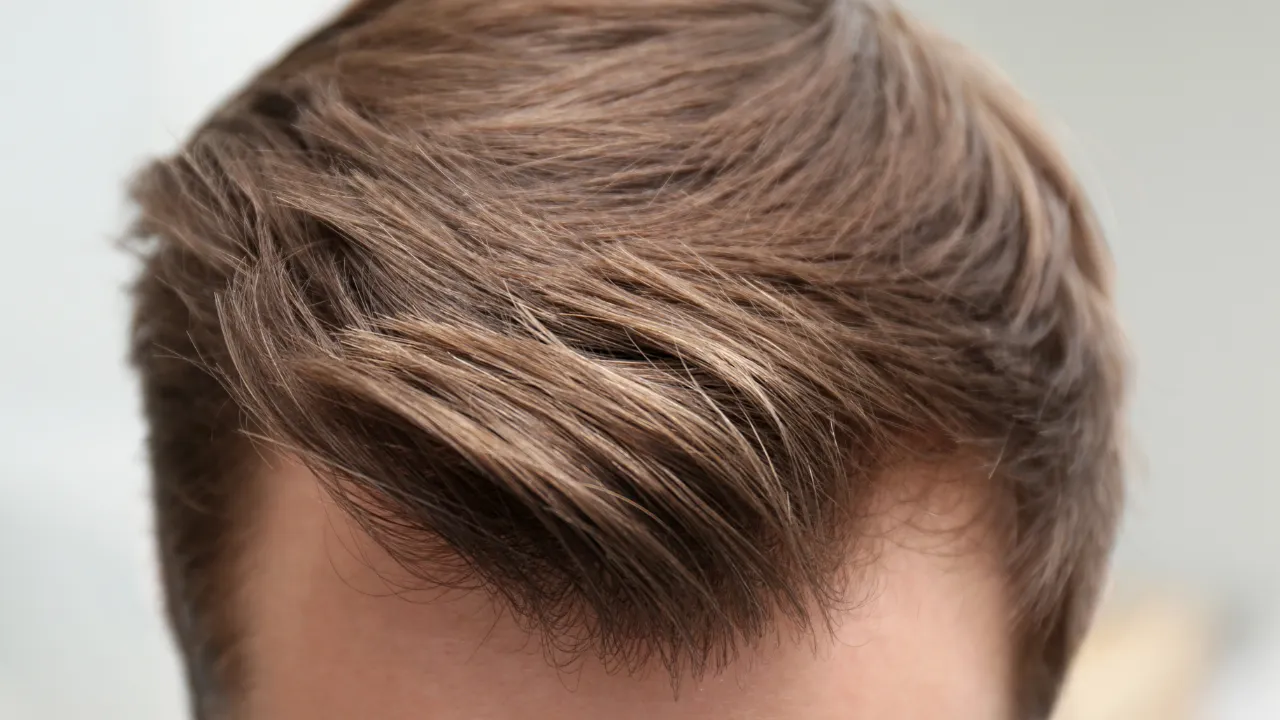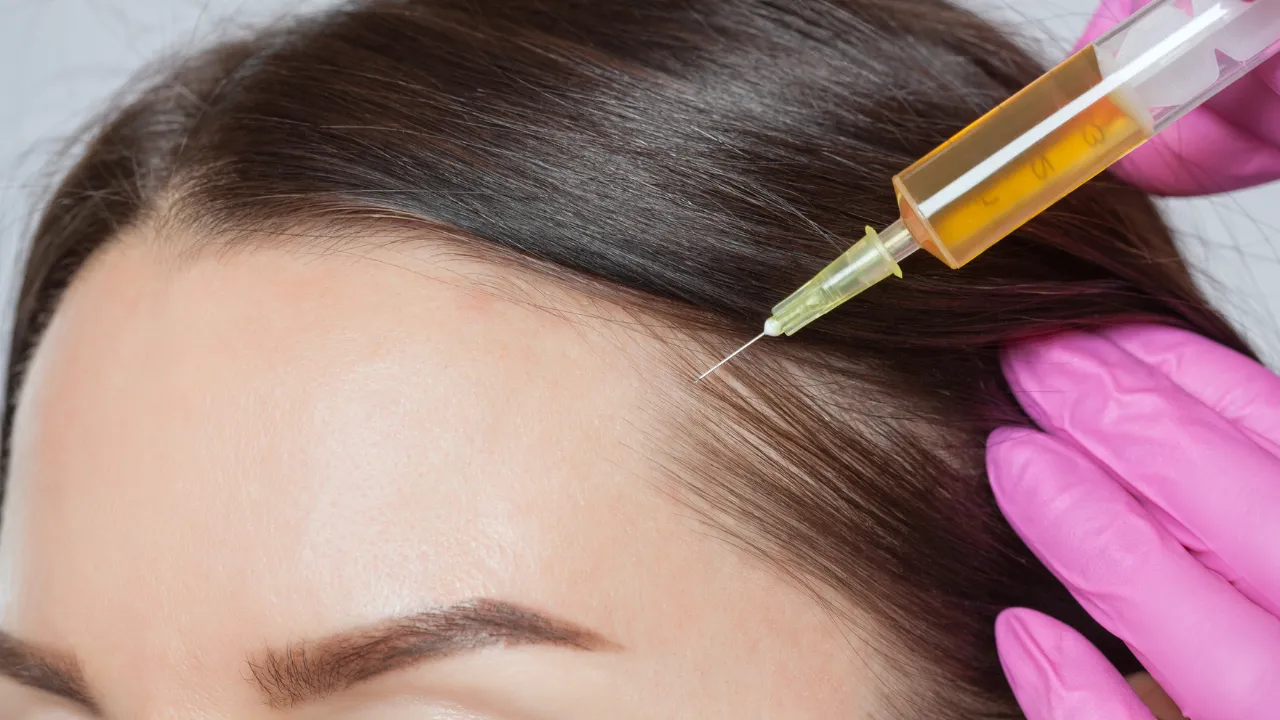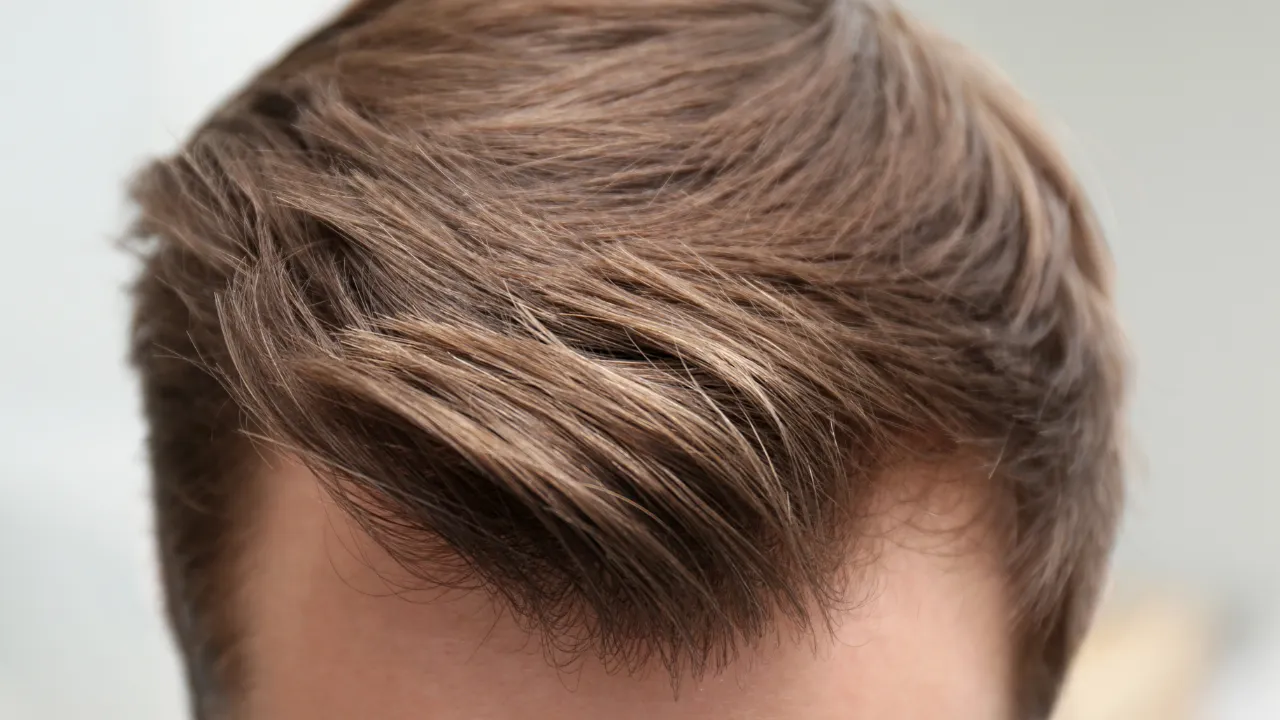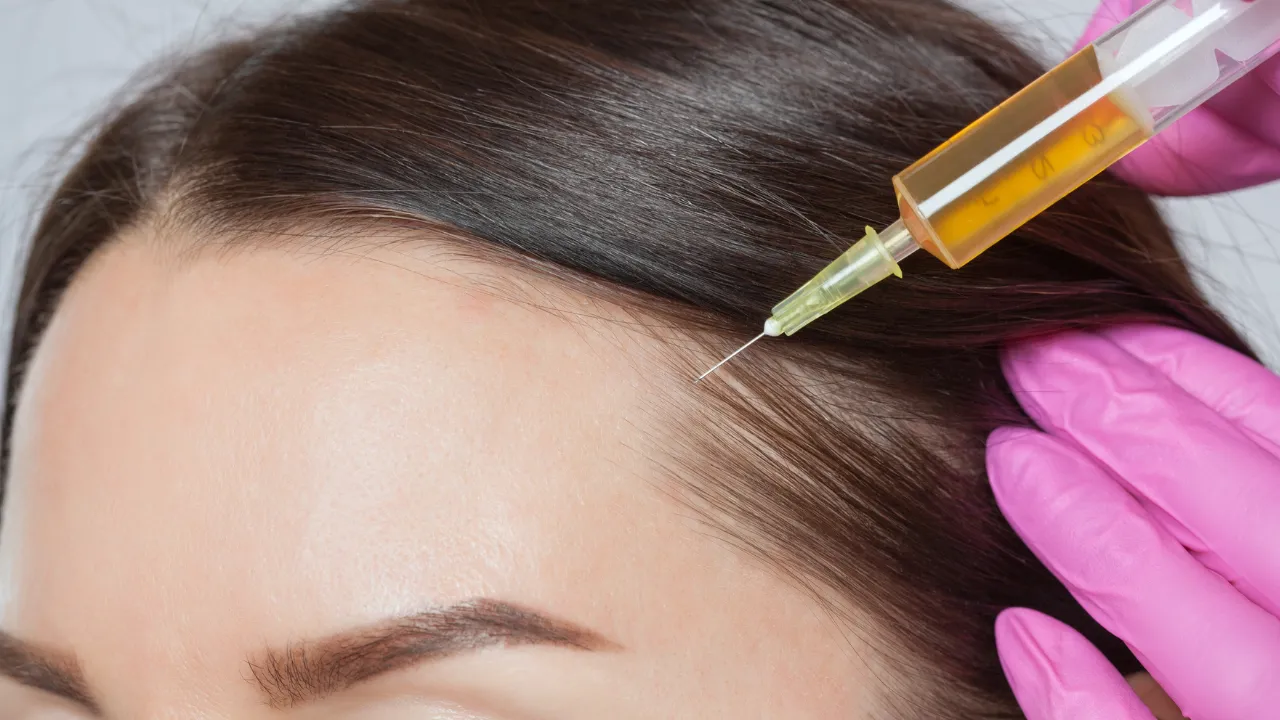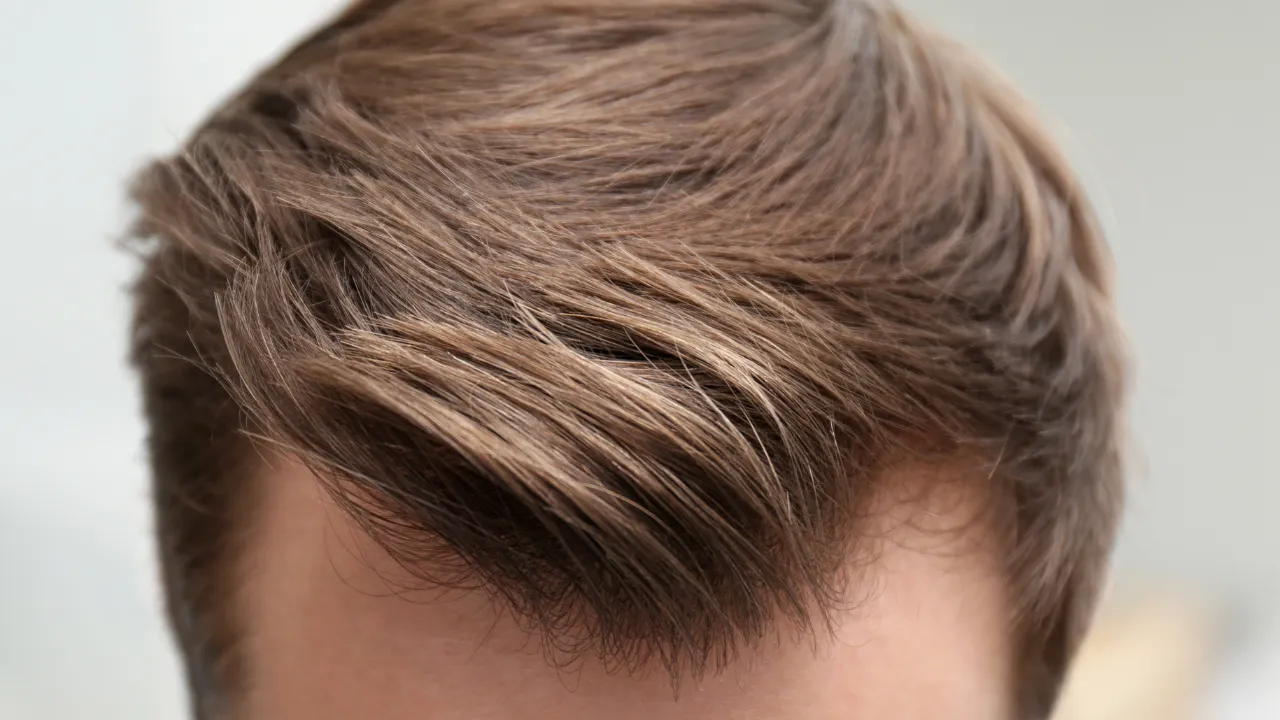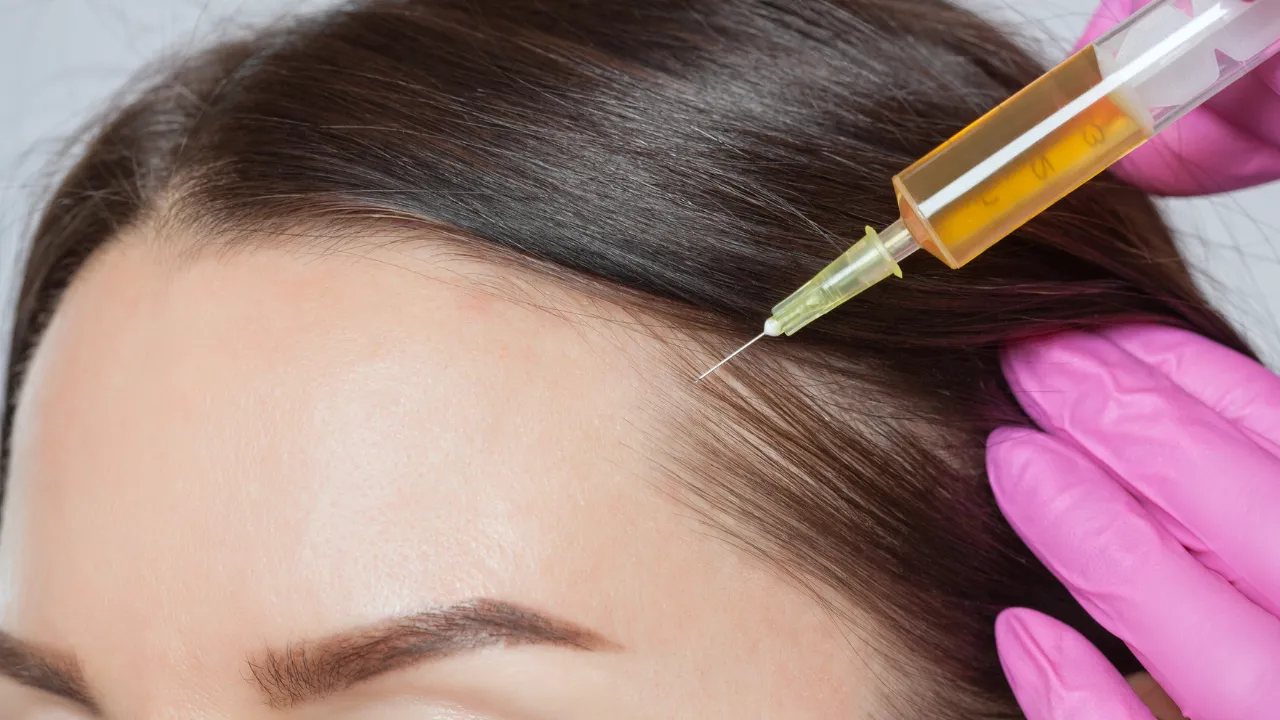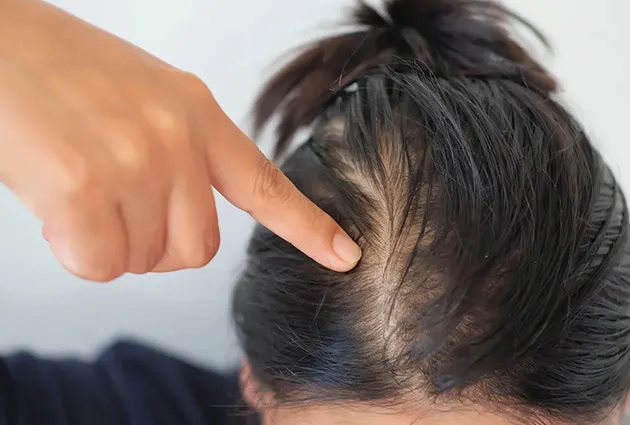Table of Contents
ToggleHair genes come from both parents. You inherit the AR gene on the X chromosome from your mother, which can influence baldness, while your father’s genes also contribute to traits such as thickness, density, and hairline shape. This means there is no single parent responsible – both sides of the family play a role in hair loss, color, and greying.
At Kopelman Hair, we often meet patients curious about whether their hair traits depend more on their mother’s side or their father’s side. Genetics shape growth, loss patterns, and even pigment, and Dr. Kopelman and his team use over 40 years of experience to explain how these inherited factors interact with lifestyle to influence your long-term hair health.
Key Takeaways
- Both parents contribute to your hair genetics, with the AR gene from the mother and other influential genes from the father.
- Hair traits such as balding, color, and greying are polygenic, meaning multiple genes contribute rather than a single source.
- Genetic hair traits may appear differently across generations, sometimes resembling grandparents more than parents.
- Lifestyle choices like nutrition, stress, and smoking can intensify or accelerate genetic predispositions to hair loss.
- Preventive care, medical treatments, and hair restoration surgery with experts like Dr. Kopelman can help manage and treat genetic hair loss effectively.
Do Hair Genes Come from Mom or Dad?
Many people wonder – are hair genetics from mom or dad? The truth is that both parents contribute. The AR gene on the X chromosome comes from the mother, but the father’s genes also play a role in hair loss patterns across families.
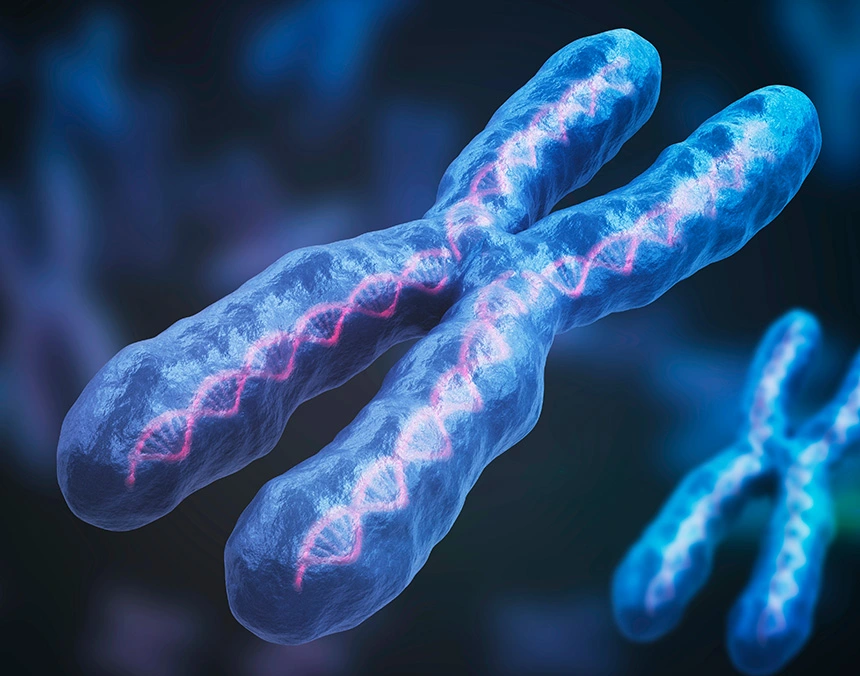
Which parent passes more hair genes?
The X chromosome from the mother carries the AR gene, linked to baldness. Yet, the father’s genes affect hair thickness and coverage. Both sides matter when it comes to the so-called baldness gene that influences susceptibility.
AR gene and X-linked inheritance
The AR gene regulates how hair follicles respond to hormones like dihydrotestosterone (DHT). Men with one X chromosome feel its effect more strongly. Women inherit two X chromosomes, which can balance risk.
Why do both parents influence hair traits?
Genes from both parents shape hair growth, density, curl, and longevity. This explains why siblings often show different traits.
A man may be bald like his maternal grandfather, even if his father had full hair. Genes combine differently, creating unique results in each generation.
Genetic testing for hair loss risk
DNA tests can reveal variants linked to thinning or baldness. They analyze saliva samples and detect AR gene markers. Results cannot predict exact timing but provide useful insight for preventive care.
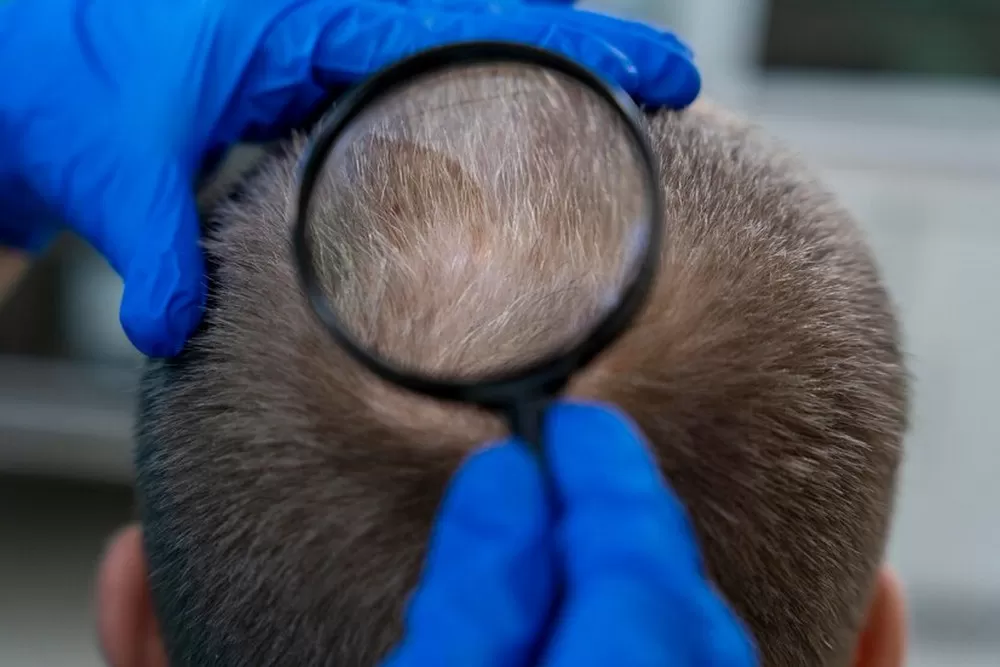
Male vs Female Hair Genetics
Hair genes in females
In women, genetics express differently due to estrogen. Thinning tends to be diffuse, often described as female pattern baldness.
Hair genes in males
Men inherit balding risk more directly. With one X chromosome, the AR gene’s impact can appear early, often by their twenties. This early expression is commonly known as male pattern baldness.
Differences in inheritance and hair loss patterns
Men typically see temple recession and crown thinning. Women notice diffuse thinning. Understanding each type of hair loss helps specialists provide tailored strategies.
Can hair genes skip a generation?
It can seem traits skip a generation, but this is genetic variation. Genes may express more in grandchildren than in parents, making traits appear inconsistent.
Genes for Hair Loss, Color, and Grey Hair
Where do you get your hair loss genes from?
Hair loss risk comes from both sides. The AR gene is inherited from the mother, while the father’s genes affect sensitivity to DHT. Together, these inherited factors contribute to androgenetic alopecia, the medical term for hereditary hair loss.
Which parent carries the gene for hair color?
Neither parent alone determines color. Genes from each side interact to decide if melanin expresses as eumelanin (dark) or pheomelanin (light or red).
Where do you get your grey hair genes from?
Genes regulating pigment influence greying. If family history shows early greying, it may appear at a similar age. Stress can speed it up.
Research shows family influence works differently by side:
- Maternal: AR gene on the X chromosome, early balding risk in men
- Paternal: Genes influencing thickness and coverage
- Shared: Hair color, greying, and follicle health
Other Factors Beyond Genetics
Hormones and the role of DHT
DHT shrinks hair follicles over time. Its impact depends on genetic sensitivity but varies with hormone levels.
Lifestyle and environmental triggers
Smoking, poor nutrition, and stress worsen genetic risk. Even people with mild predispositions may notice hair loss earlier if poor habits affect follicle health.
Myths About Hair Genetics
The “only from your mom’s side” myth
Baldness is not only from the mother’s genes. Both sides contribute to thinning and balding risks.
Why is baldness more complex than one gene?
Baldness is polygenic – many genes combine with hormones and environment. The interaction between genes and hormones has a major role in hair loss, which is why outcomes vary even in close relatives.
Preventive steps if hair loss runs in your family
If baldness is common in your family, simple steps can help. Maintain scalp care, eat a balanced diet, and avoid smoking. Managing stress can reduce how strongly genes are expressed.
Can Genetic Hair Loss Be Treated?
Medical and surgical treatments
Hair loss can be slowed with finasteride, minoxidil, and laser therapy. Hair transplant surgery performed by Dr. Kopelman redistributes healthy follicles for lasting results.
Studies show minoxidil slows thinning in many patients and improves density with use. Finasteride reduces DHT sensitivity and helps preserve follicles. Laser therapy improves scalp circulation and strengthens growth, especially on the affected side of the scalp.
When to consult a hair restoration specialist
If thinning is visible or family history suggests risk, seek professional advice. At Kopelman Hair, patients receive tailored evaluations and treatment plans. To explore your options and receive a personalized solution, schedule a consultation with Dr. Kopelman today.



